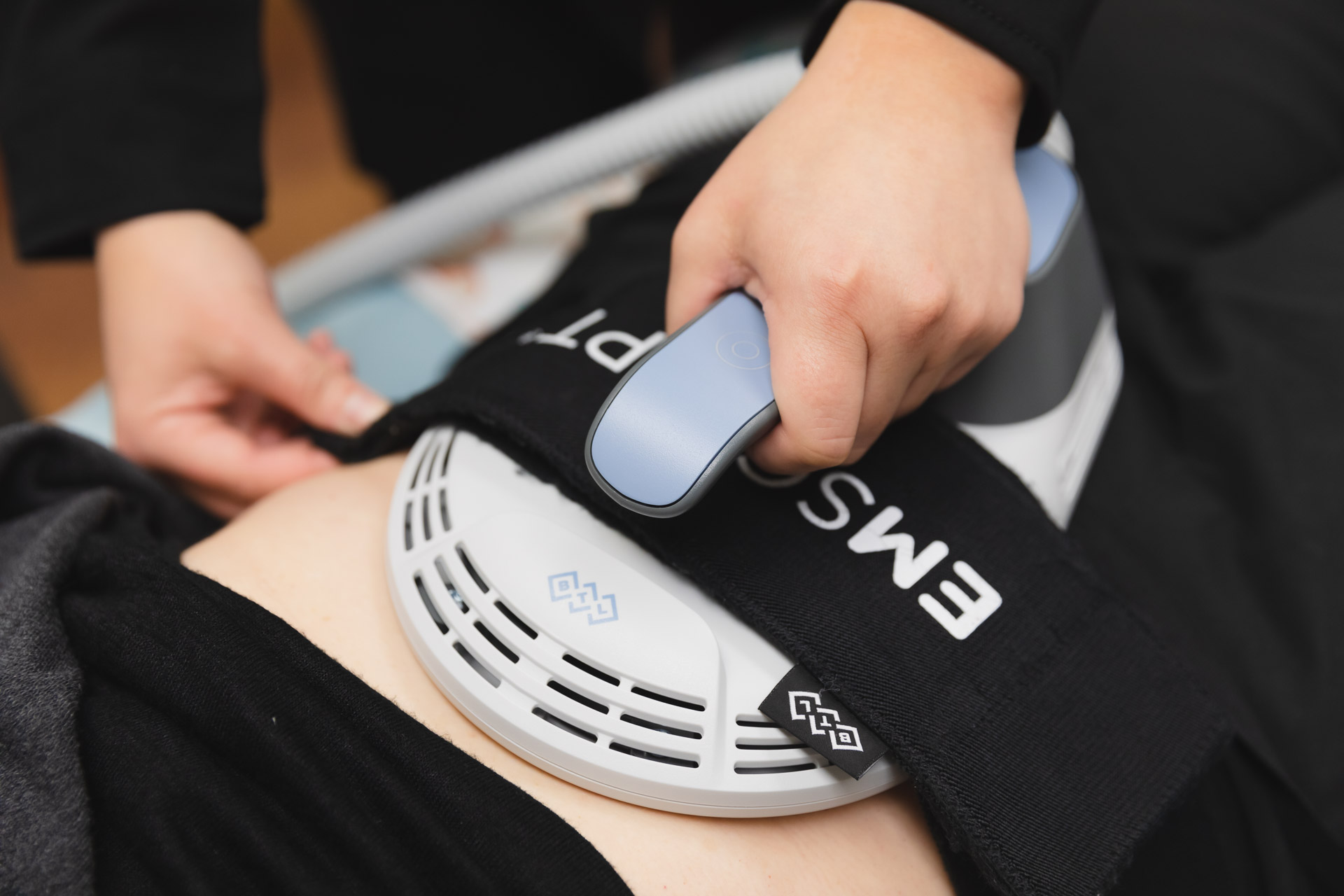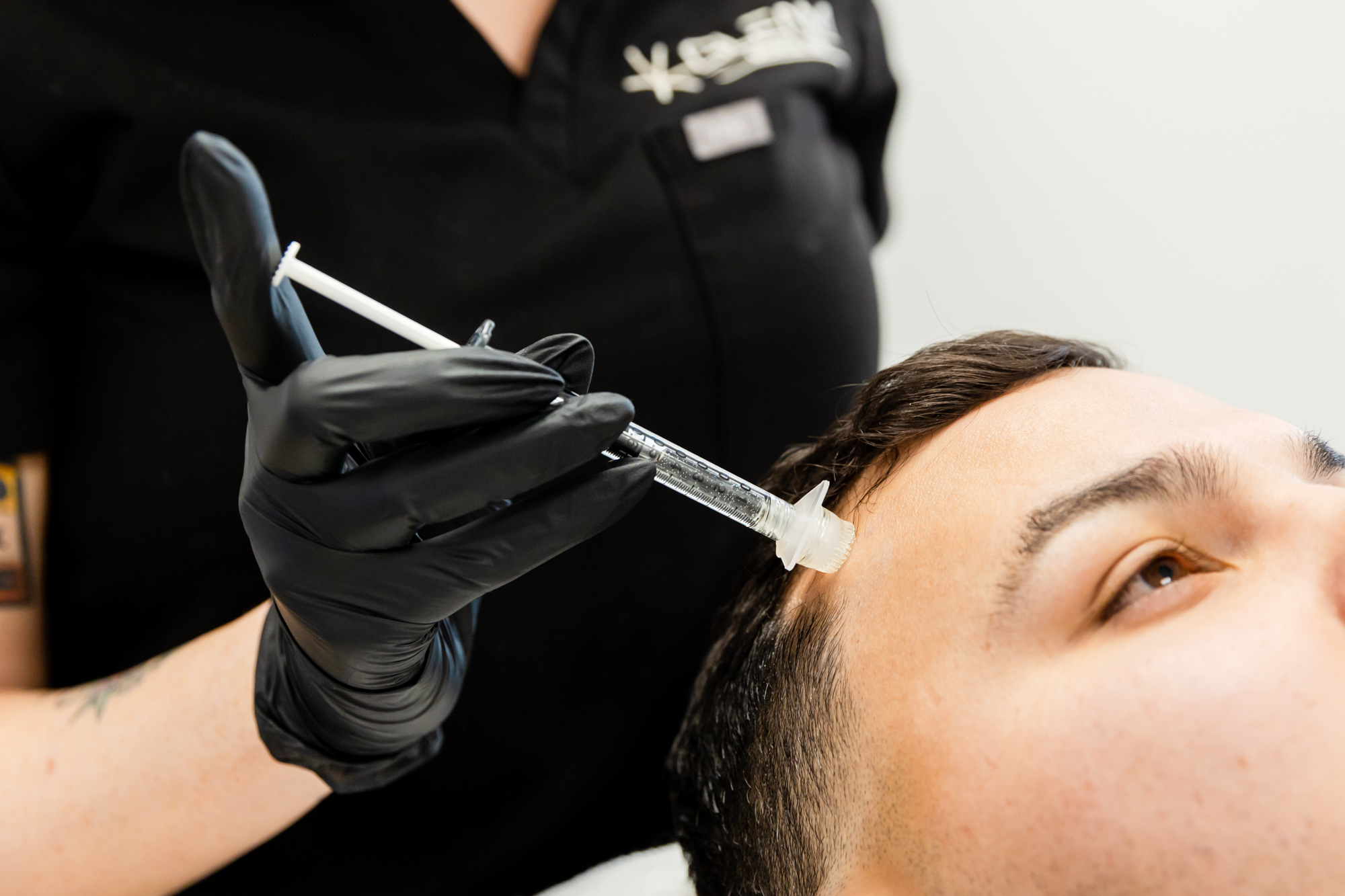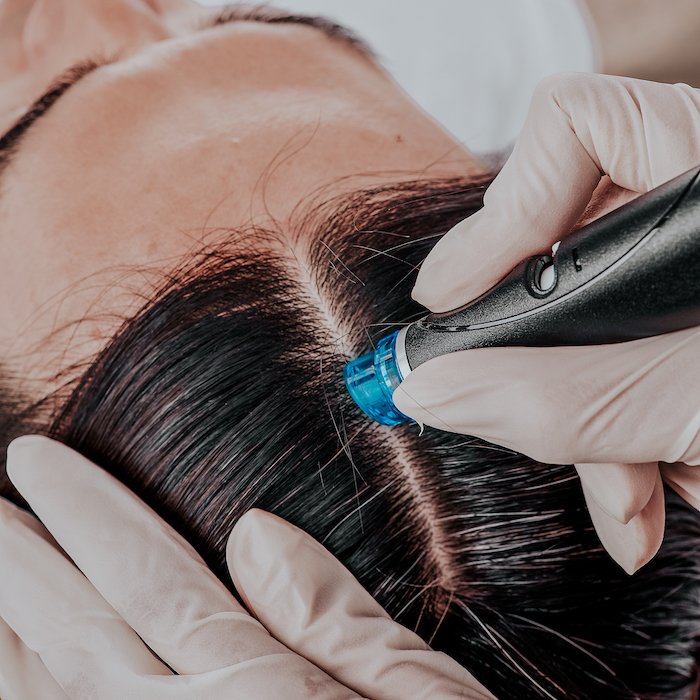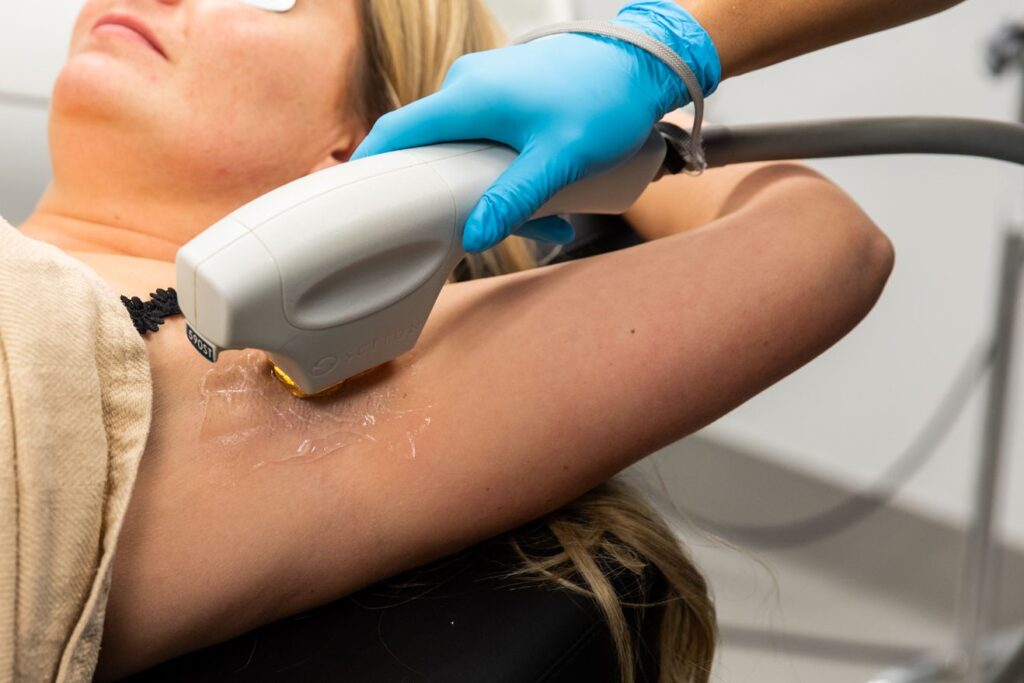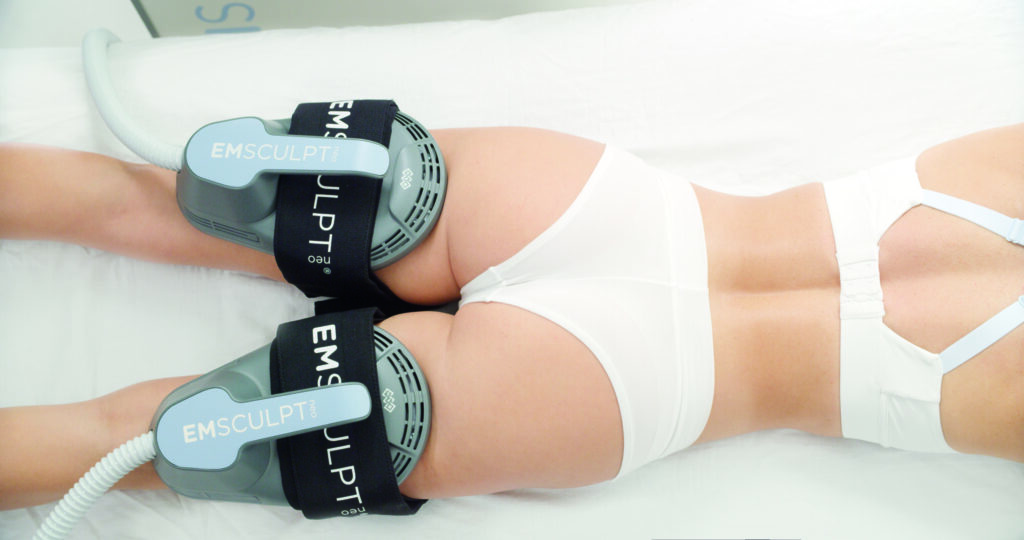
Knowing about the sun’s bad side can be beneficial to your long term health. Excessive sun exposure causes skin cells to undergo irregular, uncontrollable, or abnormal growth, known as skin cancer. It is the most frequent type of cancer, including melanoma, squamous and basal cell carcinomas.
According to the American Cancer Society, there will be roughly 100,350 additional instances of melanoma, the most severe type of skin cancer, in America this year, with 6,850 deaths. Melanoma prevalence has been climbing steadily over the last few decades. According to the estimates, roughly 3.5 million instances are identified each year, with 80 percent being basal cell carcinoma.
For many years, the number of instances of the more common skin malignancies, basal cell, and squamous cell carcinoma, has been rising.
This emphasizes the need to spread public awareness of skin cancer. May is National Skin Cancer Awareness Month and is a fantastic chance to learn further about the potential risks.
What Events Elevate the Chances of Skin Cancer?
We live in an age where getting tanned skin is a fashion statement, which has led to a rise in skin cancer incidence. Overexposure to UV light, whether by the sun or tanning beds, is by far the most evident cause of skin cancer. The International Agency for Research on Cancer categorized the whole UV spectrum as human carcinogens (group 1) in 2009, with chemicals including asbestos, plutonium, arsenic, and nicotine. UV and sunbeds were classified as category 1 carcinogens, focusing on compelling scientific and epidemiological studies evidence.
How to Prevent Skin Cancer?
We may be able to manage, control, or even stop skin cancer by basic prevention – that is, informing the public about how to avoid certain irregularities and secondary prevention, which emphasizes early detection. Leading medical experts suggested the following best five skin cancer preventative measures:
- Messages emphasizing the significance of avoiding excessive and unnecessary UV exposure should begin in infancy and continue into adulthood, emphasizing the harm that may be done to the skin due to a desire to tan at any cost.
- Try to limit direct sun exposure between 11 a.m. to 3 p.m. since it is at its warmest, and wear sunscreen with an SPF of 15 or higher. If you are sweating or swimming, use sunscreen every 2 hours or more frequently.
- Put on your protective gear—clothing and caps with wide brims to protect your arms and legs. Sunblock does not provide 100% protection against UV radiation, which causes skin cancer.
- Avoid tanning salons at all costs. Ultraviolet lights are used in tanning salons, injuring your health and potentially causing cancer.
- Take a close look at your skin. If you notice anything irregular, then consult a skin expert as soon as possible.
Who Is Most At Risk for Skin Cancer?
People who have significant UV exposure, fair skin, moles, skin issues, chronic diseases, and reside near high altitudes or sunny areas are at a higher risk.
Conclusion
Consult a doctor if you have any concerns about skin cancer. It is always recommended to have a yearly visit to a dermatologist for a skin check. Skin cancer can be treated and avoided if caught early. Gleam Med Spa is the place to go if you are seeking a skin specialist. We have skilled professionals and cutting-edge technology that can help you develop a healthy skin barrier to protect your skin from dangerous exposure. So, although you may enjoy the nice weather, always keep skin cancer prevention in mind!


